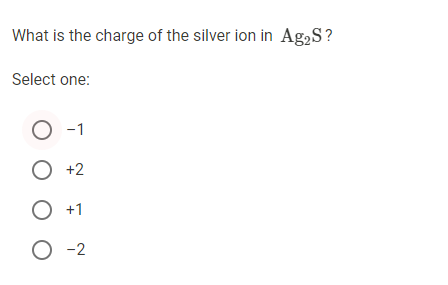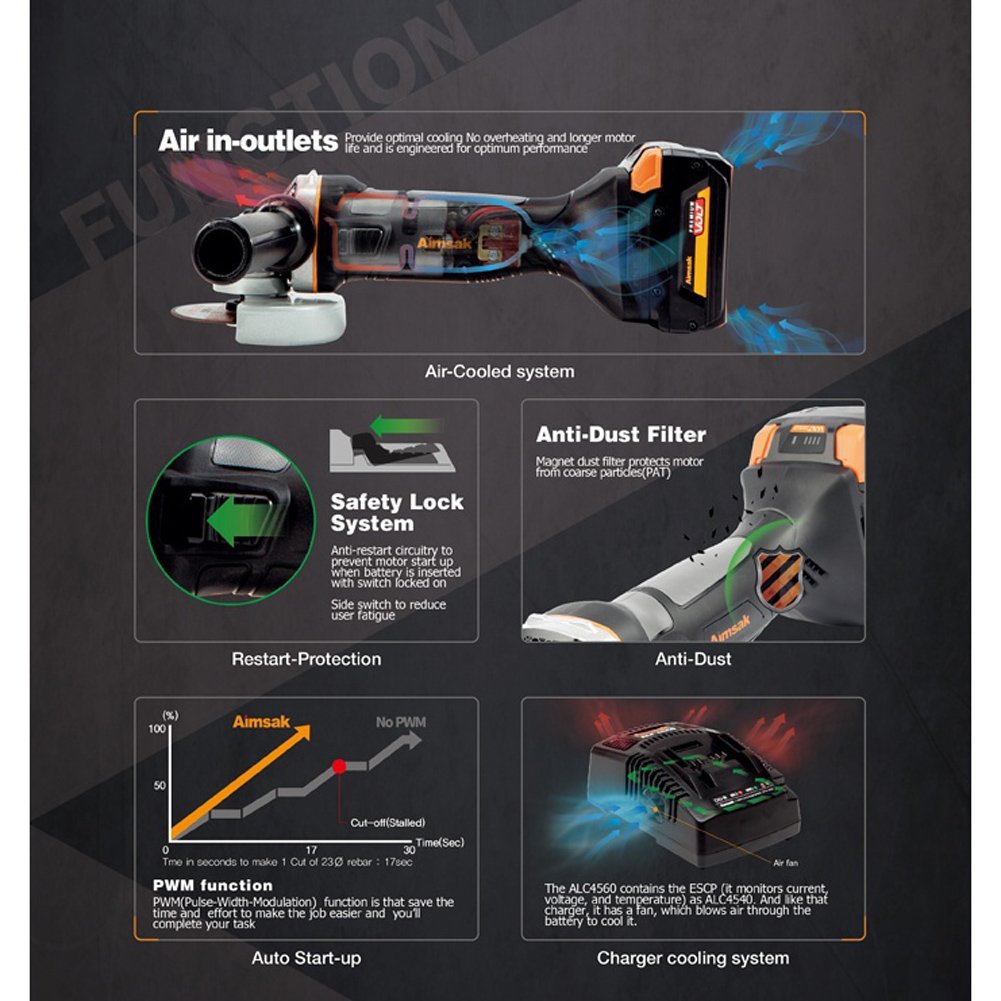

At low ionic strength ( 7 with consistent diurnal cycles from the very first meltwater flows. They have predictable response to temperature, although the Durafet housing causes some lag during rapid cycling, and the impact of stirring is an order of magnitude less than that of glass electrodes. The sensors have excellent tolerance of freeze‐thaw and minimal long‐term drift, with the Durafet experiencing less drift than the Sentron model.
AG ION CHARGE SERIES
We assess the suitability of two models of ISFET, the Honeywell Durafet and Campbell Scientific Sentron, for use in glacial melt through a series of lab and field experiments. Ion selective field effect transistor (ISFET) sensors are a promising alternative, proven in marine and industrial applications. Traditional methods often perform poorly there glass electrodes have high drift and long response times, and spectrophotometric techniques are unpractical in cold, remote environments. Measuring pH in glacial meltwaters is challenging, because they are cold, remote, subject to freeze‐thaw cycles and have low ionic strength. This ion sensor chip realized calibration-free measurement as disposable sensors and showed the possibility of facilitating mass production.

The fabricated K⁺ sensor chips exhibited a very high device-to-device potential reproducibility of ± 1.3 mV in KCl solutions and ± 2.2 mV even in blood serum samples. The K⁺ sensor chip was designed to prevent the effect of the IL eluted from the IL-RE on K⁺-ISE potential by optimizing IL concentration in the IL membrane and distance between IL-RE and K⁺-ISE. The IL-RE was integrated into a K⁺ sensor chip with the all-solid K⁺-ion selective electrode (K⁺-ISE) for calibration-free measurements. The fabricated IL-RE exhibited high device-to-device reproducibility (the standard deviation of the IL-RE potential: ± 0.6 mV, 8 sensors). The insertion material paste stabilizes the phase boundary potential of the inner solid electrode in the IL-RE, even if the IL membrane contains no inserted ions (Na⁺). Furthermore, β’’-alumina in the paste acts as a supply source of Na⁺ for Na0.33MnO2. The inorganic insertion material, Na0.33MnO2, in the paste exhibits a redox reaction accompanied by the disinsertion/insertion of Na⁺ and acts as an ion-to-electron transducer. This material paste contains an inorganic insertion material (Na0.33MnO2) and a solid electrolyte (β’’-alumina). We propose an all-solid ionic-liquid-based membrane reference electrode (IL-RE) with the inner solid electrode coated with insertion material paste.


 0 kommentar(er)
0 kommentar(er)
